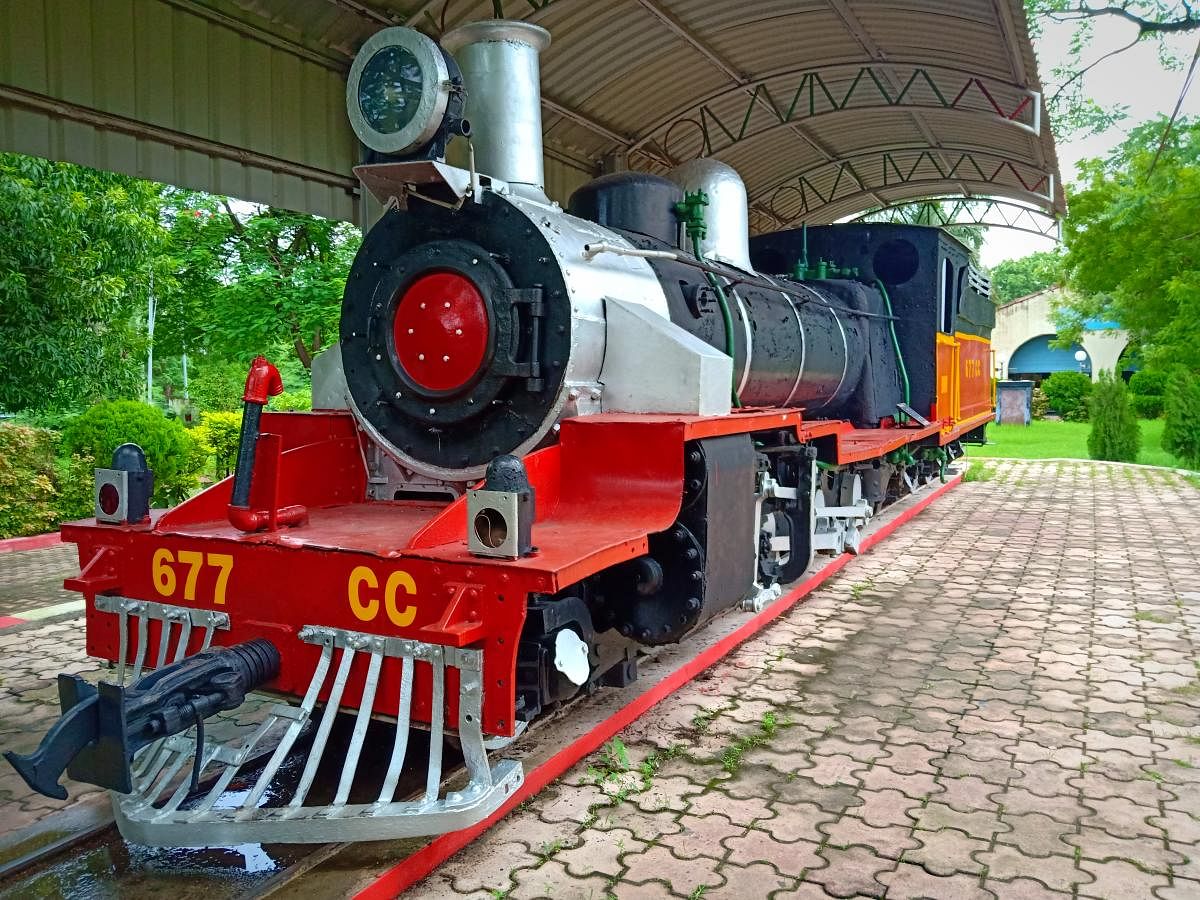
The last of the operational narrow gauge train that ply in the Central Indian landscape would be soon be phased out.
The South East Central Railway (SECR) is preparing to phase out Nainpur-Nagbhid narrow gauge train and convert it to broad gauge.
The SECR has jurisdiction over parts of Maharashtra, Madhya Pradesh and Chhattisgarh.
"In another year's time, the Itwari-Nagbhid narrow gauge line will be decommissioned and broad gauge conversion would take place... Maybe even before that," a top official of SECR told DH.
Itwari is around 5 km away from Nagpur railway station and Nagbhid (or Nagbhir) is in Chandrapur district.
The narrow gauge (2 ft & 6 inch wide) came as a necessity in Central India after the Great Famine of 1876-78 following plans by the Bengal Nagpur Railway.
Later, it came to be known as Satpura Railway.
At one point of time, tracks over 1,000 km criss-crossed Central India but now only around 106 km remain between Itwari and Nagbhid and the distance is covered in 4 hours and 40 minutes.
Since 2015, the Indian Railways has taken up broad guage conversion in a big way.
The narrow gauge has been the lifeline in the erstwhile Central Province and Berar and passed through the tribal areas.
Journey on this was a matter of excitement as it passed through mountainous ranges, plains and over rivers and streams.
The Nagpur-Chhindawara, Chhindawara-Nainpur, Nainpur-Mandla Fort and Balaghat-Nainpur-Jabalpur narrow-gauge section ceased with effect from October 1, 2015 while Chhindawara-Nainpur, Nagpur-Chhindawara and Nainpur-Mandla Fort narrow gauge section from November 1, 2015.
As a result, 53 trains that used to operate on narrow gauges were grounded.
The guage conversion in these sections are either complete or underway.
"The narrow guage was started with multiple objectives in Central India. To tackle the famine, supply foodgrain, carry food produce, carry forest produce and provide employment," the official said.
The lines came up in the early years of the 20th century.
The first portion of the Gondia–Nainpur line was opened on April 13, 1903, Nainpur and Chhindwara were connected in 1904 and Jabalpur in 1905.
The Chhindwara–Pench Coalfield line came up in 1906–07 and the Nainpur-Mandla Fort line in 1909.
Four heritage operational lines
In India, four mini hill railways— narrow guage— are in running conditions: Darjeeling Himalayan Railway (that runs between Jalpaiguri and Darjeeling), the Nilgiri Mountain Railway (that runs between Coonoor and Udagmandalam), the Kalka–Shimla Railway and the Matheran Hill Railway.
The Darjeeling Himalayan, Nilgiri Mountain and Kalka-Shimla, are collectively designated as UNESCO World Heritage Site, while Matheran Hill is on the tentative list.
Toy trains and Bollywood
Whether it is the super-romantic mere sapno ki rani starring Rajesh Khanna and Sharmila Tagore in Aradhana or the chaiyya chaiyya song of Shah Rukh Khan and Malaika Arora in Dil Se, these trains have been part of Bollywood-on-wheels.